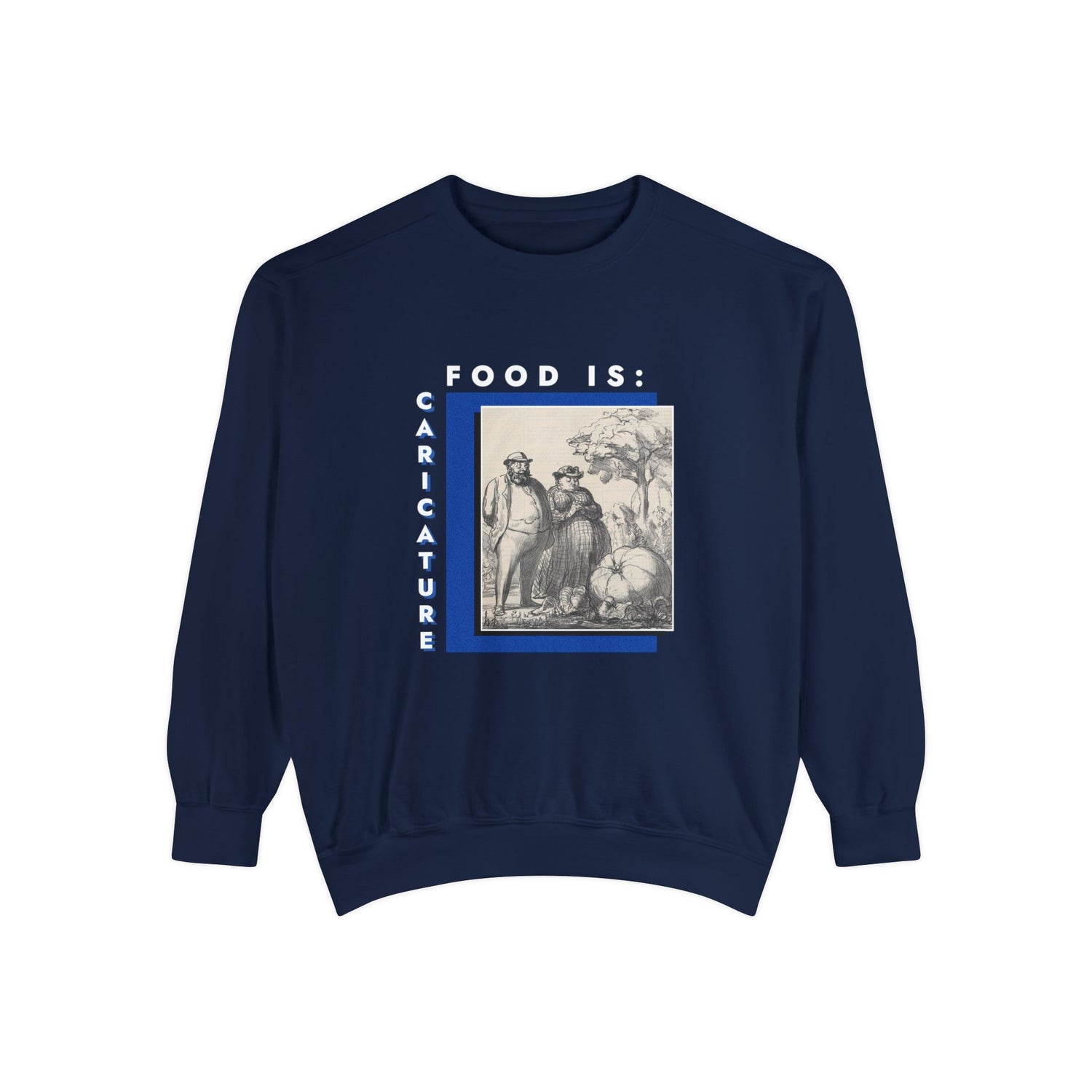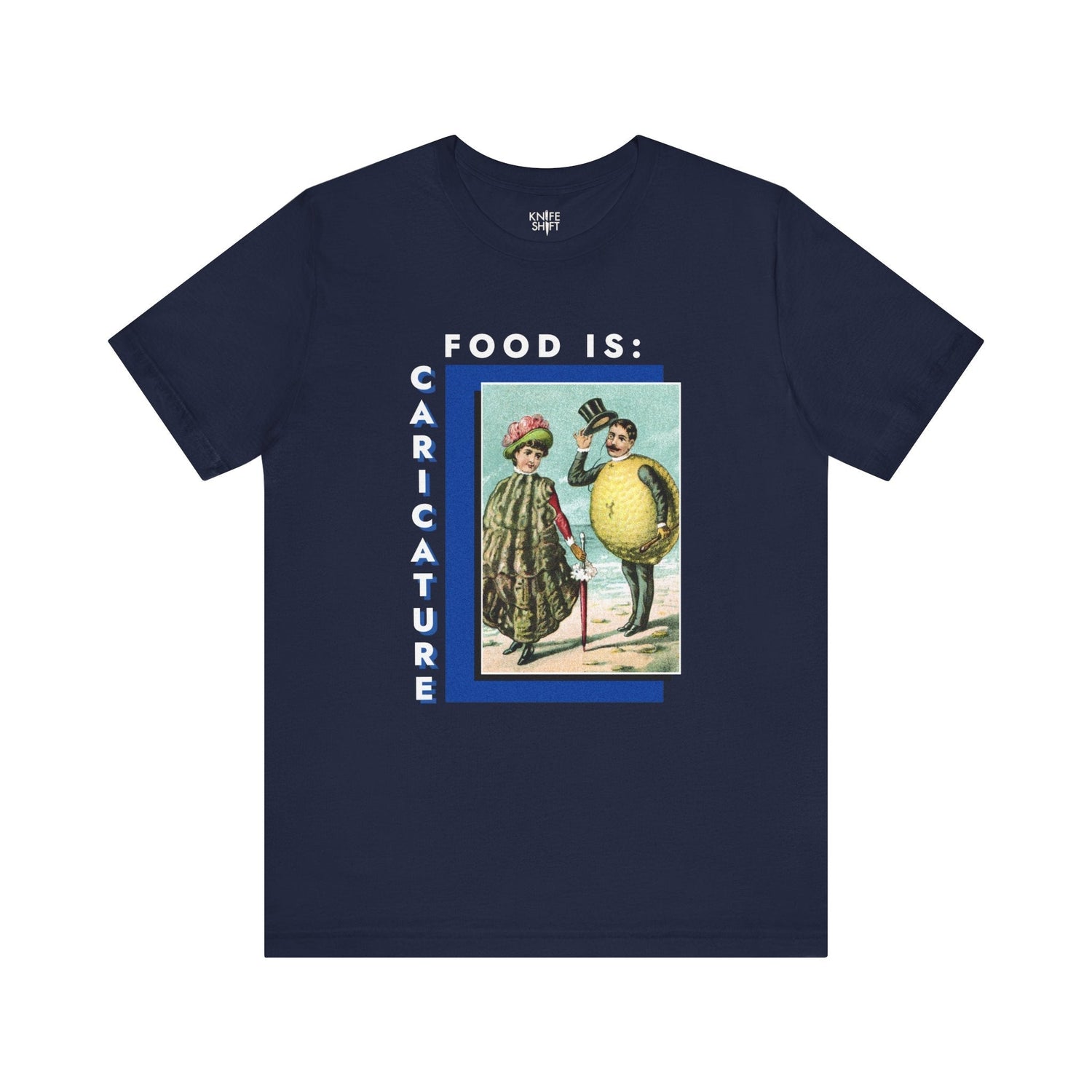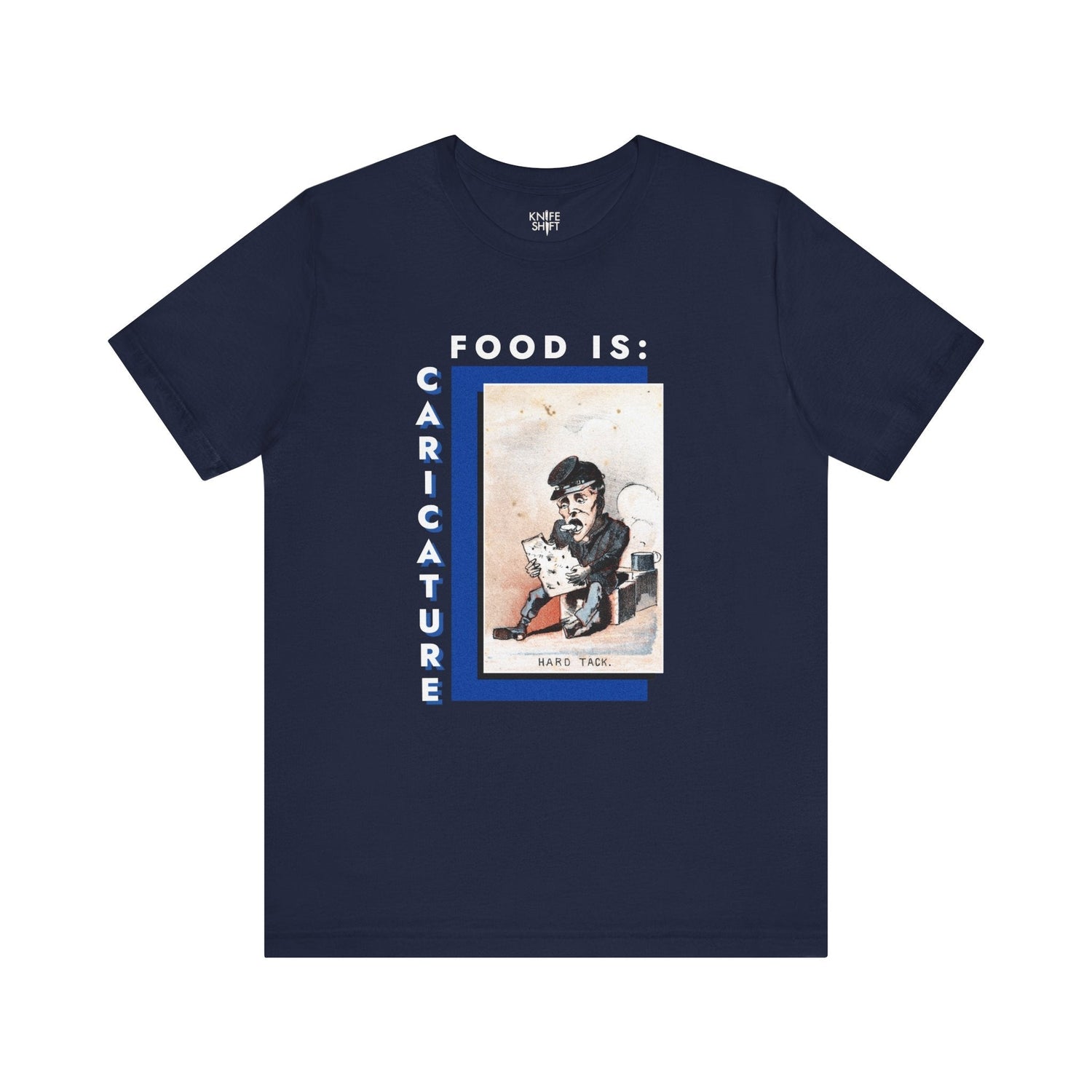Sort by:
30 products
30 products
About the Artwork:
While the specific artist behind the artwork on this advertisement card remains unknown, the print was produced by Clay & Richmond, a Buffalo, New York-based printing and publishing company that flourished in the mid-19th century. They were known for their quirky and often humorous chromolithographs, a type of colored print popular during that era.
This particular chromolithograph features a man's head, sporting a neatly trimmed beard and a serious expression, attached to the body of a plump carrot. The carrot figure is further adorned with a top hat and a monocle, the accessories of a sophisticated gentleman. The overall effect is comical while succeeding in capturing an air of elegance to the carrot gentleman.
Image courtesy of Boston Public Library via the Digital Commonwealth Collection.
About the Artwork:
Grégoire Caboche, an intriguing French artist of the 19th century, produced this artwork that illustrates a caricature of a performer from the Académie Royale de Musique, portrayed humorously as an asparagus in a vegetable-themed ballet. The painting captures her on stage, elegantly costumed in the likeness of the vegetable, complete with a slender, elongated bodice and a flared green skirt mimicking asparagus tips. The background suggests a theatrical setting with exaggerated and colorful props representing other vegetables, creating a lively and enchanting atmosphere.
Image courtesy of the New York Public Library's Digital Collections.
About the Artwork:
This advertisement card printed in the United States in 1887 is a chromolithograph that features one man and two women with the bodies of red radishes. The image is meant to be humorous and eye-catching, and served as a calling card for Rice's Seeds to promote a variety of globe radishes.
Image courtesy of Boston Public Library via the Digital Commonwealth Collection.
About the Artwork:
Winslow Homer, born in 1836 in Boston, Massachusetts, stands as one of the titans of 19th-century American art, known for his vivid and detailed portrayals of American life and landscapes. He began his artistic career as a commercial illustrator, and his experience as a wartime correspondent during the Civil War profoundly influenced his later works. Homer is celebrated for his powerful depictions of nature and human endurance, often highlighting the interplay of human figures within expansive landscapes, using both oil and watercolor to stunning effect.
In 1864, Winslow Homer created lithographed collector's cards called "Life in Camp." In these works, Homer employed a humorous tone to engage in small reflections on military life. This image captures a Union soldier's grimace in reaction to hard tack, a widely disliked basic ration that was a necessary source of nutrition during the war.
Image courtesy of the Met's Open Access Initiative.
About the Artwork:
Honoré Daumier, born in 1808 in Marseille, France, was a prolific and influential French artist known for his caricatures, paintings, and sculptures that keenly critiqued the social and political atmosphere of 19th-century France. Daumier's work, often published in periodicals such as La Caricature and Le Charivari, employed humor and satire to expose the follies and injustices of his time. His sharp wit and insightful portrayals have made him one of the most respected figures in the realm of political and social commentary through art.
This artwork is a lithograph that showcases Daumier’s unique blend of satire and visual narrative. "The king of pumpkins receiving the homage of his subjects" presents a scene where a large, round man and his partner survey various autumnal produce, including pumpkins. Daumier references pumpkins and the depiction of the large bodied people to create a scenario of a regal couple presiding over their subjects.
Image courtesy of the Met's Open Access Initiative.
About the Artwork:
Honoré Daumier, born in 1808 in Marseille, France, was a prolific and influential French artist known for his caricatures, paintings, and sculptures that keenly critiqued the social and political atmosphere of 19th-century France. Daumier's work, often published in periodicals such as La Caricature and Le Charivari, employed humor and satire to expose the follies and injustices of his time. His sharp wit and insightful portrayals have made him one of the most respected figures in the realm of political and social commentary through art.
This artwork is a lithograph that showcases Daumier’s unique blend of satire and visual narrative. "The king of pumpkins receiving the homage of his subjects" presents a scene where a large, round man and his partner survey various autumnal produce, including pumpkins. Daumier references pumpkins and the depiction of the large bodied people to create a scenario of a regal couple presiding over their subjects.
Image courtesy of the Met's Open Access Initiative.
About the Artwork:
While the exact artist is unknown, "Man's head on a watermelon body" was produced by the print shop of Clay & Richmond, a Buffalo, New York-based company known for their playful chromolithographs in the mid-19th century. These vibrant prints were popular for their humorous and often bizarre imagery.
This particular chromolithograph features a curious sight: a man's head sitting atop a plump watermelon body. The man retains his clothing, with a shirt collar and dress slacks above and below the smooth green rind.
Image courtesy of Boston Public Library via Digital Commonwealth Collection.
About the Artwork:
Amédée Varin, an artist active in the 19th century, was known for his imaginative and often whimsical illustrations that blended botanical elements with human characteristics. Varin's work typically involved elaborate depictions of plants and flowers anthropomorphized in a variety of scenes that both amused and fascinated viewers. His unique style captures an intersection of nature and human culture.
"Cucurbitus 1er/ Costume d'apparat" demonstrates Amédée Varin’s distinctive approach to botanical illustration. This artwork portrays a majestic figure, adorned in attire that mimics the form and texture of gourd vegetables. Varin’s meticulous attention to detail highlights the characteristics of the gourd, transforming them into a dignified presence that commands respect and curiosity.
Image courtesy of the Minneapolis Insitute of Art (Mia).
About the Artwork:
This advertisement card printed in the United States in 1887 is a chromolithograph that features one man and two women with the bodies of red radishes. The image is meant to be humorous and eye-catching, and served as a calling card for Rice's Seeds to promote a variety of globe radishes.
Image courtesy of Boston Public Library via the Digital Commonwealth Collection.
About the Artwork:
The Buffords Sons Lith. Co. was a prominent American lithography firm based in Boston, operating with influence throughout the 19th century. Founded by John Henry Bufford, a key figure in the development of American lithography, the company was known for its high-quality prints, illustrations, and posters. Their work often included vibrant and detailed images that catered to a wide range of commercial and artistic needs, capturing the cultural and social nuances of American life during that era. Their contribution to the lithographic arts is notable for both technical innovation and the popularization of artistic prints.
"Miss Shell and Mr. Lemon" features anthropomorphic representations of an oyster shell and a lemon in a playful, possibly romantic interaction. Miss Shell is elegantly and delicately detailed while Mr. Lemon is depicted with a zestful and bright appearance, enhancing his citrus character.
Public domain image courtesy of Cornell University Library Digital Collections, modified.
About the Artwork:
Winslow Homer, born in 1836 in Boston, Massachusetts, stands as one of the titans of 19th-century American art, known for his vivid and detailed portrayals of American life and landscapes. He began his artistic career as a commercial illustrator, and his experience as a wartime correspondent during the Civil War profoundly influenced his later works. Homer is celebrated for his powerful depictions of nature and human endurance, often highlighting the interplay of human figures within expansive landscapes, using both oil and watercolor to stunning effect.
In 1864, Winslow Homer created lithographed collector's cards called "Life in Camp." In these works, Homer employed a humorous tone to engage in small reflections on military life. This image captures a Union soldier's grimace in reaction to hard tack, a widely disliked basic ration that was a necessary source of nutrition during the war.
Image courtesy of the Met's Open Access Initiative.
About the Artwork:
Amédée Varin, an artist active in the 19th century, was known for his imaginative and often whimsical illustrations that blended botanical elements with human characteristics. Varin's work typically involved elaborate depictions of plants and flowers anthropomorphized in a variety of scenes that both amused and fascinated viewers. His unique style captures an intersection of nature and human culture.
"Cucurbitus 1er/ Costume d'apparat" demonstrates Amédée Varin’s distinctive approach to botanical illustration. This artwork portrays a majestic figure, adorned in attire that mimics the form and texture of gourd vegetables. Varin’s meticulous attention to detail highlights the characteristics of the gourd, transforming them into a dignified presence that commands respect and curiosity.
Image courtesy of the Minneapolis Insitute of Art (Mia).
























